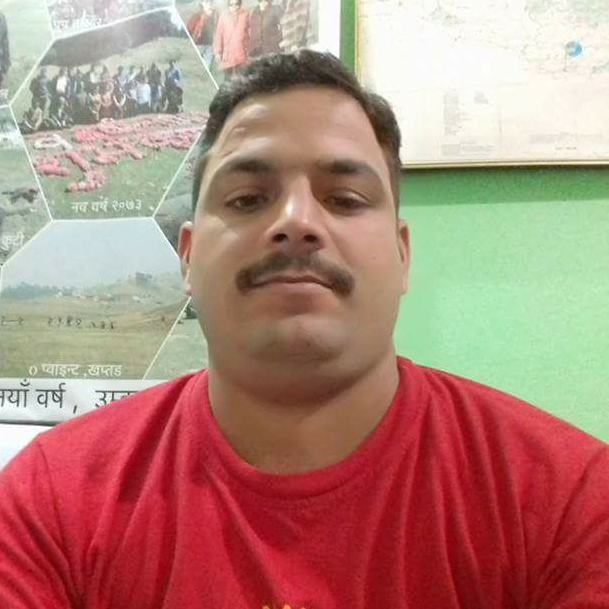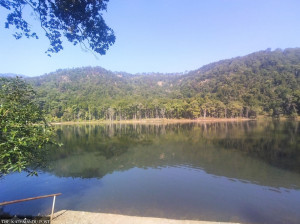Sudurpaschim Province
Kanchanpur migrant workers prefer local jobs to seasonal migration to India
Most workers returning from India have found decently-paying jobs as gabion net weavers, in a community forest.
Bhawani Bhatta
Ramdas Rana, a permanent resident of ward 3 of Laljhadi Rural Municipality in Kanchanpur, was in New Delhi and Gujarat India for work. He used to load and unload vegetables from vehicles and would earn up to IRs12,000 monthly.
When Ramdas came home two years ago, embankment construction along the Doda River near his settlement was underway. People were busy weaving gabion nets for embankment walls to fortify the embankment for flood control. He also learnt netting skills. Since then he has been making gabion nets and earning a decent income to be able to sustain his livelihood. He hasn’t gone back to India for employment in the past two years.
“Earlier going to India for work was the only option. The pay there was low, but staying back home meant no jobs at all,” said Ramdas. “But after I learnt to weave gabion nets, I find work easily. My income is also better than what it was in India.”
Ramdas has been weaving gabion nets for a community forest in ward 4 of Dodhara Chandani Municipality for the past month. A group of 14 people, all from Ramdas’s village, are busy working the gabions. Most of the workers in the team are migrant workers who returned from India.
“I used to go to Delhi, Shimla and Almora for work in the past. I would get only manual labour jobs and very little pay,” said Paras Rana, 21, from Laljhadi. “Saving money was impossible in a foreign land. In India, I worked in a hotel doing menial jobs. Sometimes I would get some work as a porter and construction worker.”
Rana does not plan to go back to India. “It is easier to weave gabions compared to doing menial jobs in India. I earn better here. I can stay with the family and support family members while working in our home district,” he said. According to him, a worker earns Rs2,000-2,500 daily by making the gabion nets.
People skilled in weaving gabions are in high demand in the area. Jogaram Chaudhary, another local from Laljhadi, said that he and his team have enough work weaving gabions for the next couple of months. Earlier, Jogaram worked as a mason in the village. He switched to weaving gabions a few years ago, attracted by its higher income compared to working as a mason.
“I went to Nepalgunj, Surkhet and Jajarkot as well to weave gabions. We worked the whole winter last year in Jajarkot. They called us this year as well. We have plenty of work here in Kanchanpur,” said Chaudhary. “I may not have time to go to Jajarkot this year because there is high demand for gabion weavers here itself.”
Until a few years ago, workers from India would come to Nepal to weave gabions. Nepali workers learned the skill of weaving gabions from the Indian workers, says Chaudhary.
The workers are paid Rs30 per square metre of gabion net. According to Ramdas, a group of 14 workers can weave 50 to 60 gabion nets of 100 square metres each in a day.
Currently, workers from Laljhadi Rural Municipality are busy weaving gabions in the community forest by the banks of the Mahakali River. They work from dawn to dusk. “It will take nearly five months for our team to complete the work here. We will then go to other places for gabion weaving. We have been getting frequent calls,” said Jogaram. According to him, the gabion-weaving season typically extends from October to June. Youths, mainly those returning from India, have taken up gabion weaving as a means of livelihood.




 7.12°C Kathmandu
7.12°C Kathmandu











